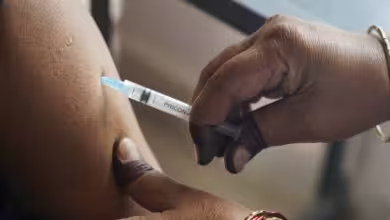Long and hot water baths reduce fertility and sperm count: Study
Heat plays a major and negative role in respect to fertility.

Indulging in a warm bath is undoubtedly comforting, especially in the winter months. This practice not only alleviates stress but also induces a sense of tranquility. While the positive impact of warm water on mood is well-known, it’s essential to be aware of its potential effects on fertility.
The testes are positioned outside the body, maintaining a temperature about four degrees cooler than the rest of the body. This lower temperature is crucial for optimal functioning and sperm production. According to Harvard Health Publishing, germ cells in the testes operate most effectively at temperatures slightly lower than the body’s normal temperature. Even a modest increase in temperature, whether from a hot shower or other factors, by two to four degrees can negatively impact both sperm and testosterone production.
Elevated temperatures can lead to the overheating of the testicles, resulting in a decrease in sperm count and motility. Moreover, increased heat can compromise the DNA integrity and overall quality of sperm, leading to abnormalities in shape and size. It also causes a distortion in the structure of sperm cells, reducing their ability to move effectively and fertilize an egg.
This outcome may result in infertility or an increased likelihood of birth defects and genetic abnormalities in any conceived offspring. Furthermore, prolonged exposure to hot water also heightens the risk of infections, negatively impacting fertility. Exposure to elevated temperatures in a sauna can induce significant impairments in sperm, including alterations in sperm indices, mitochondrial dysfunction, and closure of sperm DNA.
Therefore, regulating body temperature is crucial for maintaining optimal fertility. This involves avoiding prolonged exposure to high temperatures, such as in hot baths or saunas, choosing breathable clothing, and steering clear of excessively warm environments.



